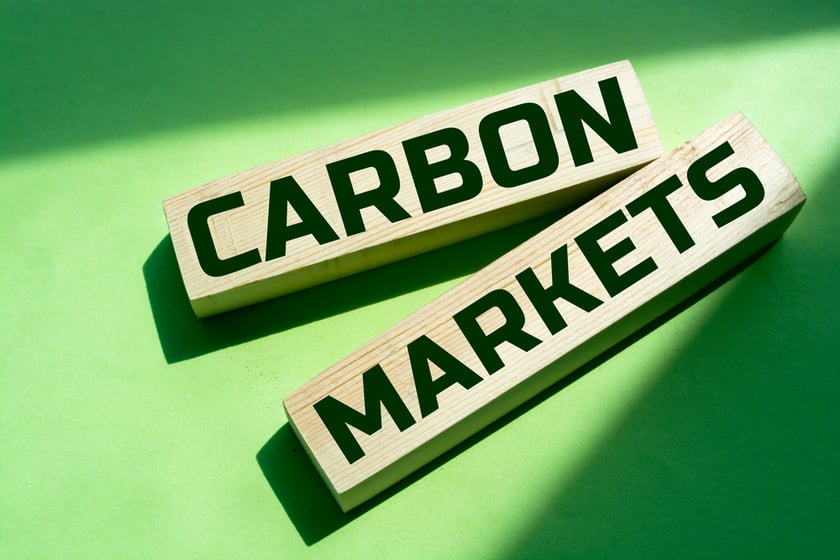According to analysts at Refinitiv, Global Carbon Markets grew 164% in 2021 – reaching $851 billion.
90% of the global value is due to the European Union’s Emissions Trading System (EU ETS) which opened in 2005. It is the world’s most established carbon market.
The EU ETS is currently worth 683 billion euros (approximately $769 billion).
Regional markets in North America have grown by 6% as well.
What are carbon markets?
Carbon markets are tools that are used to limit GHG emissions.
As countries cap emissions, companies can purchase carbon credits beyond the acceptable levels. These credits represent carbon offset through an environmental project (such as reforestation or renewable energy).
This allows companies to continue operating as they develop the technology needed to reduce their carbon output.
How do carbon markets differ from the voluntary carbon market (VCM)?
Simply put, voluntary carbon markets are just that – voluntary. So, individuals or organizations choose to purchase carbon credits to reduce their emissions (but are not regulated to do so).
Last year, the VCM was valued at $1 billion – up from just $300 million in 2018.
Per Refinitiv, “We expect interest in the VCM to keep growing, boosted by an increasing number of companies worldwide taking on carbon neutrality goals and other climate commitments that involve the use of carbon offsets.”
Why does the price of carbon keep increasing?
Because the EU’s goal is to reduce emissions by 55% by 2030, the price of carbon has doubled since the end of 2020.
Ingvild Sørhus, the lead-carbon analyst at Refinitiv, said, “More expensive emission permits hit coal power plants relatively harder than gas plants, but because of the soaring gas prices in the second half of 2021, coal generation was still more profitable.”
Analysts expect the price will continue to rise.


